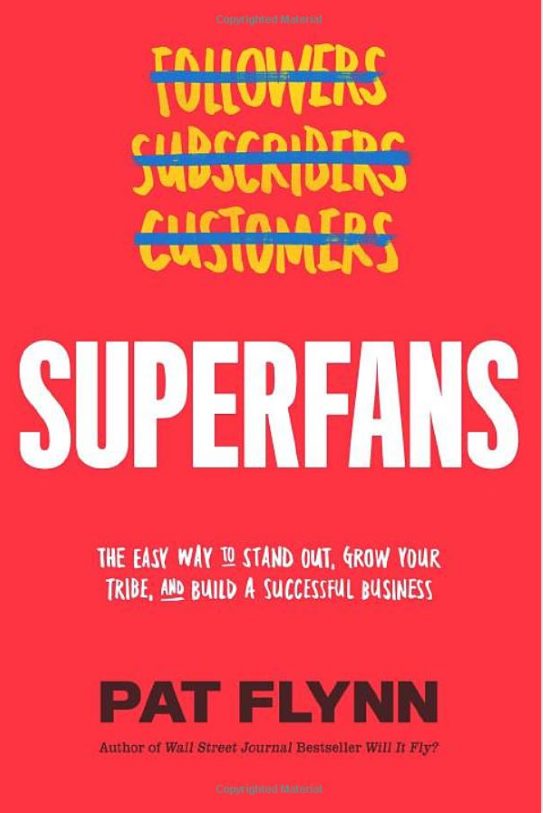Note: This post is the second of a two-part article. Click here to read part one.
A complete product. What do we mean when we say that our business has a complete product? This means that our product is not only profitable enough to sustain (and grow) our business, but it also helps our business and our customers in many ways. A complete product must be easy to use, must help to solve a problem for our customers and must be high in perceived value. For a home inspector, this means that not only must we be good at our job of inspecting, but we must also (occasionally) put on the editor’s hat, reviewing and fine-tuning our product (our inspection report) to make sure that it’s up to date and meets these requirements.

The reality of our situation is that most home inspectors would rather maneuver through a muddy crawlspace on a 30-degree day than to sit down and review their completed inspection reports. However, to better your product you must take on the task of reviewing and updating. Only by regular, careful examination will we be able to offer a better product.
The first step is to decide how often you want to undertake this review. You may want to do this once a year, possibly around New Year or maybe the anniversary of the start of your company, or you may want to do it on a more regular basis, maybe two or three times a year. The key is to figure out what works best for you; setting a manageable goal for your reviews.
Then comes the hard part: sitting down and reading your reports. While I do advocate reading every inspection report (at least once) in its entirety before you deliver it to your client, in this case I am speaking about reviewing some of the reports that you have already produced. Pick out a few reports at random and review them, focusing on the specific things that can help improve your product. I would recommend developing your own checklist of key points and using that list to guide you through the review process.
Here are a few suggestions for your checklist:
- Make sure that your report includes all the items mandated to be inspected and/or reported on by your standards of practice (SOP). This is the bare-minimum amount of information that you must deliver to your client, to help reduce your level of risk in any dispute over your report.
- Make sure that you report is easy to understand. If you over-complicate your report or require the reader to have a degree in construction management to comprehend it, you could be setting yourself up for failure. Review your report with your client in mind, looking at things from a new homeowner’s point of view, making sure that everything is simple and straightforward. This will not only allow people to grasp the concepts that you are trying to relay, but it has the added benefit of reducing the number of questions that you must field regarding your reports.
- Be sure that your report could get at least a “B-” in a high-school English class. While you don’t have to possess the writing skills of Shakespeare, be sure to cover the basics: correct spelling, grammar, punctuation, layout and font consistency. Take advantage of the digital word-processing tools at your disposal. Run a spell-check and correct the other items that your software flags. Seemingly harmless writing errors make your report look less professional, which can be used by an opposing party to call into doubt your competence as a professional home inspector.
- Make sure that your clients feel like they have gotten more than they paid for. Just because your SOP sets the bar on what qualifies as the minimum legal product, that doesn’t mean that you have to deliver the minimum product. Go beyond the standards; give your client a reason to think that they got a bargain. I like to say that I inspect a house the same way that I would like someone to inspect it for me, if I was buying a house. Provide all the information that you think a new homeowner would want to know, and you will have fewer headaches and happier clients.

Regularly reviewing and improving your product offering is one of the best ways to keep your business competitive in your marketplace. New competition is always arriving, often with new and innovative product offerings. One day, you wake up to realize that your product offering is now considered to be “old-fashioned.” If you refuse to do anything but the same old thing, the market will eventually pass you by.
It is often said that insanity is doing the same thing over and over again but expecting different results. Resting on your laurels, thinking that your product is “good enough” because it’s worked in the past, is a sure-fire way to fall to the back of the pack (and go insane in the process)!
Would you like to get an email every Friday where we share the newest things we’ve discovered about home inspections? CLICK HERE to sign up.
Want to be an Influencer in Your Field? Share This Post!
Thanks, Joe


